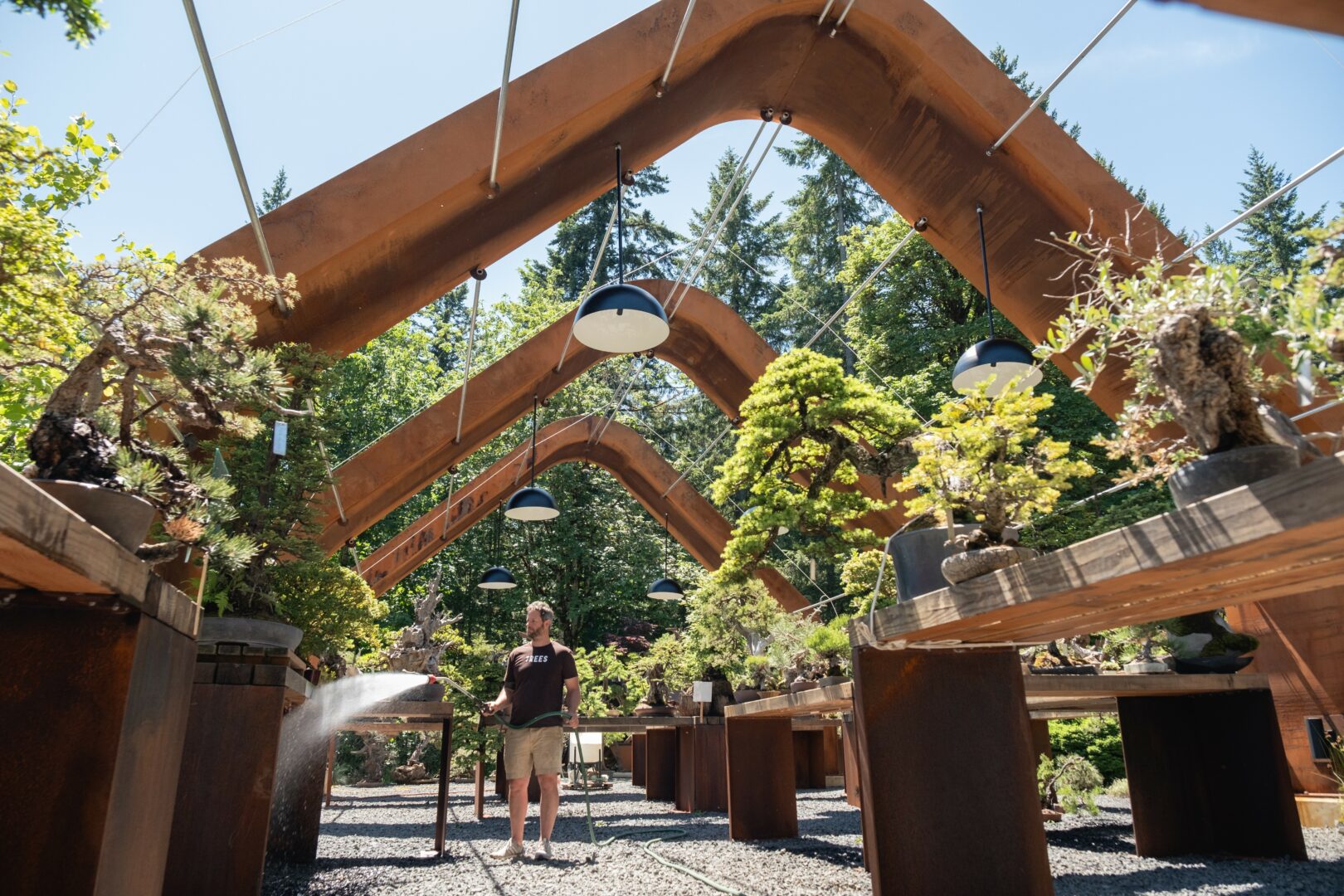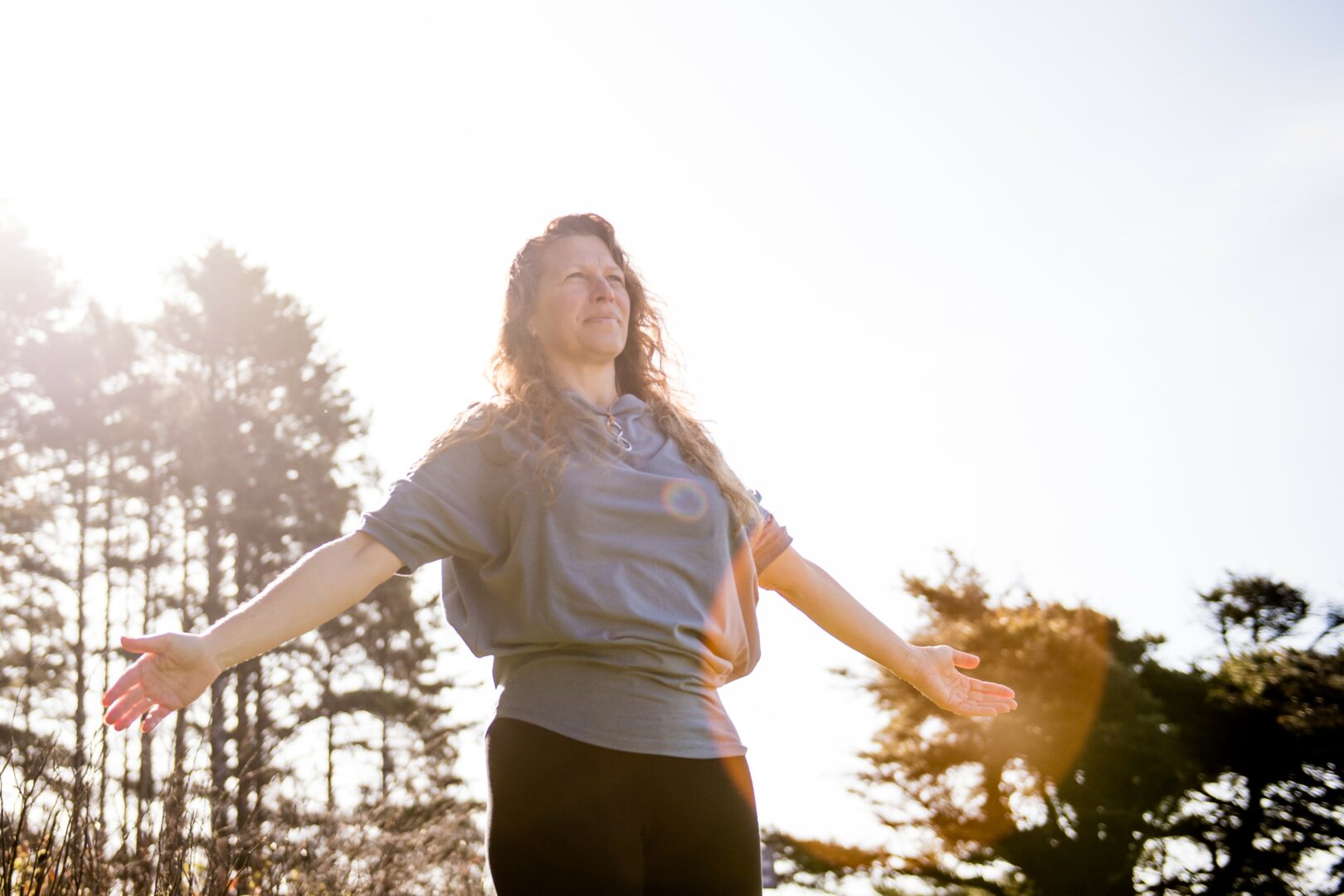Ryan Neil shared their story and experiences with us recently and you can find our conversation below.
Ryan , we’re thrilled to have you with us today. Before we jump into your intro and the heart of the interview, let’s start with a bit of an ice breaker: What makes you lose track of time—and find yourself again?
Bonsai is such a fascinating vortex of time. Within the medium itself, you’re trying to create a sense of visual time through the aesthetic choices you make in a tree, particularly in how we style trees at Mirai. We’re often referencing the narrative arc of thousands of years in a tree’s life in its native environment. That means finding material that already carries markers of time and styling the tree in a way that accommodates and emphasizes those qualities.
At the same time, as a tree grows in a bonsai container, that container compresses time. Five years in a container can equate to 100, or even 250 years in a natural environment. The tree’s form continues to evolve as if it were aging in nature, only on an accelerated timeline.
Beyond the conceptual, the actual act of working on bonsai is where I lose myself. Sitting down with a tree and fully immersing in the imagined environment it represents, feeling the wind, the intensity of the sun, the bite of the cold, the dryness of heat, or even the swells of the ocean. I taste the air, smell the understory, and place myself in that landscape. Doing bonsai, both literally and metaphorically, is all about playing with time. It’s in that act where I lose track of time, and where I find myself again.
Can you briefly introduce yourself and share what makes you or your brand unique?
My name is Ryan Neil, and I am a bonsai artist dedicated to representing the native landscapes of ancient trees across the globe. Through bonsai, I work to capture not only the form of these long-lived species but also the environments and elements that shape them.
I founded Bonsai Mirai, which serves as both a garden and an incubator for this exploration. Mirai is at once an aesthetic study of natural representation in miniature form, a scientific laboratory for regenerative agronomy that reduces chemical inputs, and a vibrant brand supported by an extraordinary community. Together, we push the boundaries of artistry in bonsai while fostering goodwill, strong relationships, and a pioneering spirit that reflects the timelessness and unpredictability of life on Earth.
Our work extends beyond trees alone. We collaborate with artists across mediums, from toolmakers to ceramicists, stand makers, and plant collectors, because bonsai is a composite art form that thrives on shared creativity. Just as importantly, we are deeply committed to accessibility. Through our online education platform, live.bonsaimirai.com
, we’ve built a library of over 3,000 videos covering nearly every technique and species used in bonsai. This resource is designed to support both beginners and advanced practitioners alike.
We also developed the Mirai Mobile app, a guided calendar and bonsai care tool that helps practitioners know exactly what to do and when. It eliminates misinformation and makes high-level knowledge accessible, allowing anyone to succeed and enjoy bonsai without unnecessary struggle.
Ultimately, Mirai is about more than trees. It’s about enabling people to use bonsai as a medium to explore their own aesthetic, connect with their environment, and express their imagination and dreams in a living, evolving form.
Great, so let’s dive into your journey a bit more. What part of you has served its purpose and must now be released?
As I’ve grown older, I’ve come to understand wisdom in a way I didn’t when I was younger. Back then, I saw it almost as an excuse, a reason not to push as hard or operate at the highest possible RPM in pursuit of artistic expression. I believed that more effort always equaled greater results.
But over time, I’ve realized that the energy and ignorance of youth can lead you down compulsive, unsustainable, and sometimes counterproductive paths, both in art and in life. What I’ve had to release is that relentless insistence on “more, faster, harder.” Instead, I’ve learned that real progress often comes from working smarter, not simply working harder.
Through failure and reflection, I’ve come to see that bonsai is an art form where the greatest achievements emerge from balance: a marriage of intense effort with patience and wisdom. You have to learn to work at the pace of the tree. And the pace of the tree is slower, more deliberate, and ultimately more sustainable—for the spirit, for emotional bandwidth, for physical capacity, and for artistic actualization.
When did you stop hiding your pain and start using it as power?
In 2020, Bonsai Mirai suffered a devastating setback. Our garden was vandalized, several of our trees were destroyed, and my home was damaged. For a long time, I felt I needed to contain that pain, to isolate myself and hide just how difficult it was to endure such a destructive act, especially when it was fueled by targeted hate against something so meaningful.
But over time, I realized that an experience of that magnitude cannot be hidden or avoided. It leaves a visible mark, and the only way forward was to work through the frustration, grief, and disappointment. Rebuilding became an act of resilience, and channeling that pain turned into fuel for rededication, to my art, to Mirai, and to our mission of giving trees a voice.
Sharing that struggle has been transformative. It not only enriched the work we create, but also deepened the connection people feel to it. Bonsai, after all, is a metaphor for the endurance of ancient trees, trees that carry thousands of years of history, culture, and environmental change within them. They remind us that no one’s life is free of hardship, but through challenge comes growth.
Confronting the emotional and psychological fallout of that devastation, and openly sharing the lessons learned, has allowed our community to rally behind us. It has become a powerful source of motivation, a reminder that resilience, when shared, doesn’t just heal; it inspires. It has put fuel in the tank of everything we do at Mirai, driving us to use bonsai not only as art but as a mechanism to leave the world better than we found it.
Next, maybe we can discuss some of your foundational philosophies and views? What’s a belief or project you’re committed to, no matter how long it takes?
I believe the world currently operates on an unsustainable model, one largely rooted in World War II era technology, when the Haber method allowed us to capture atmospheric nitrogen and produce synthetic fertilizers. That breakthrough enabled a massive expansion of food production, which in turn fueled an unprecedented population boom. But it also shifted us away from traditional agronomical practices without fully understanding the long-term consequences. The ripple effects of this system, environmental degradation, declining soil health, and the false promise of “easier, cheaper, better” are still felt today.
At Mirai, we are deeply committed to exploring alternatives. Through our horticultural work and the regenerative agronomical practices, we’ve adopted with our trees, we’ve learned there are sustainable ways to cultivate plants that not only yield healthier outcomes but also reduce environmental harm. This belief, that sustainability must guide every action, is core to our mission.
We remain dedicated to pushing this forward, both in bonsai as an art form and in the science that underpins it. Working alongside brilliant minds across multiple disciplines, we continue experimenting, studying, and innovating to discover how humans can live on this planet in a way that truly leaves it better than we found it. That commitment, to sustainability, resilience, and beauty, will guide our work no matter how long it takes.
Okay, so let’s keep going with one more question that means a lot to us: When have you had to bet the company?
From the very beginning, I understood that the accumulation of material possessions and the weight of maintaining them can stifle creativity. Fear of loss limits boldness. So, when I founded Mirai, I was determined never to let the garden, the trees, or even the brand itself become an anchor that held us back from progress.
Over the years, we’ve repeatedly bet the company in pursuit of growth, innovation, and integrity. In 2015, for example, we leveraged the entirety of Mirai; our property, garden, and trees, to create an exhibition at the Portland Art Museum. That show architecturally and aesthetically recreated the native environment and introduced bonsai to a broader audience in a context designed to inspire awe. It was a massive risk, but one that elevated bonsai into a new cultural space.
We’ve also rolled the dice on science and horticulture. Transitioning from a chemical-dependent approach to a regenerative agronomical system was a gamble, not only for Mirai but for the art of bonsai itself. Could we sustain tree health and artistry without the industry’s reliance on chemicals? That question turned Mirai into an incubator of thought, experimentation, and science. The lessons we’ve learned now inform practices that extend far beyond bonsai.
Through our nonprofit work with One Tree Project, we’ve continued to bet on big ideas: funding youth education, pursuing urban reforestation, and applying regenerative agronomy to food cultivation in underprivileged neighborhoods. These initiatives reflect our backbone of ethics, placing the natural environment, sustainability, and human longevity at the center of our work.
Fifteen years into this journey, every bold decision has come with risk. But each one has reinforced the necessity of moving forward, measured in assessment, but fearless in execution. Betting the company has allowed us not only to evolve the art form but also to connect people more deeply to the magic and marvel of the natural world through the miniature form of the tree.
Contact Info:
- Website: https://bonsaimirai.com/
- Instagram: https://www.instagram.com/bonsaimirai/
- Linkedin: https://www.linkedin.com/company/international-bonsai-mirai
- Facebook: https://www.facebook.com/BonsaiMirai
- Youtube: https://www.youtube.com/bonsaimirai
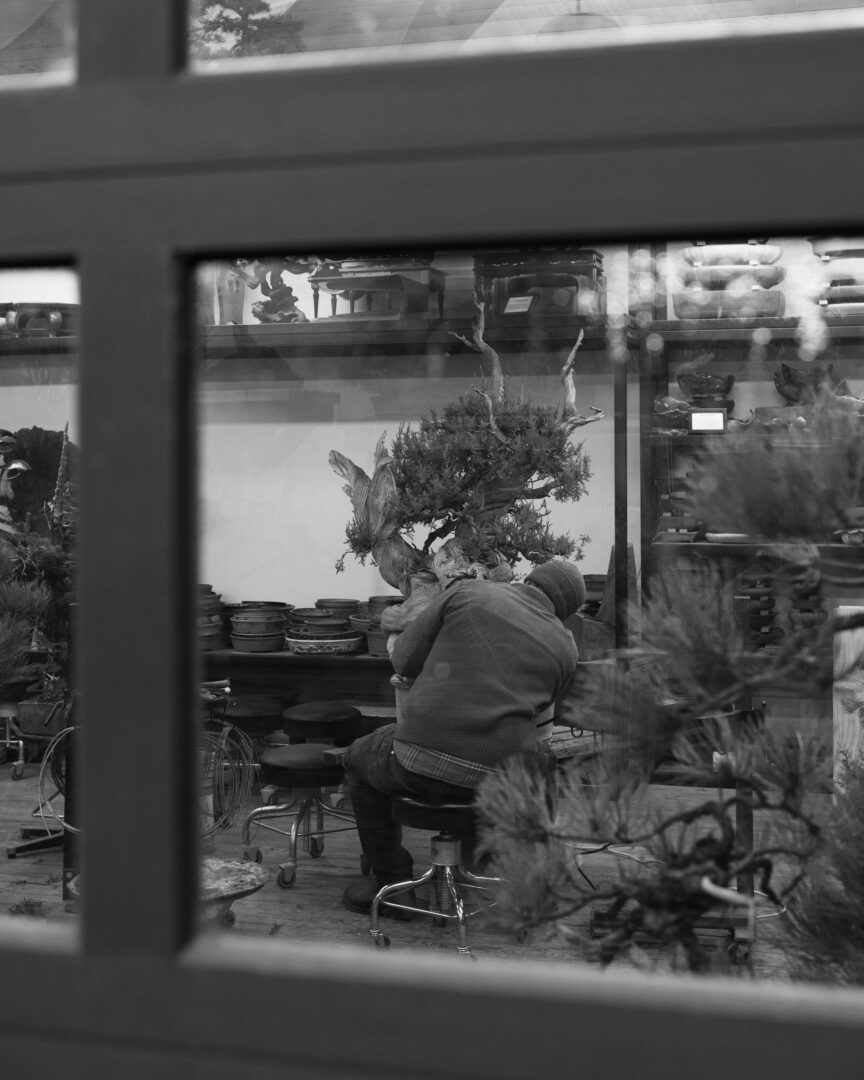
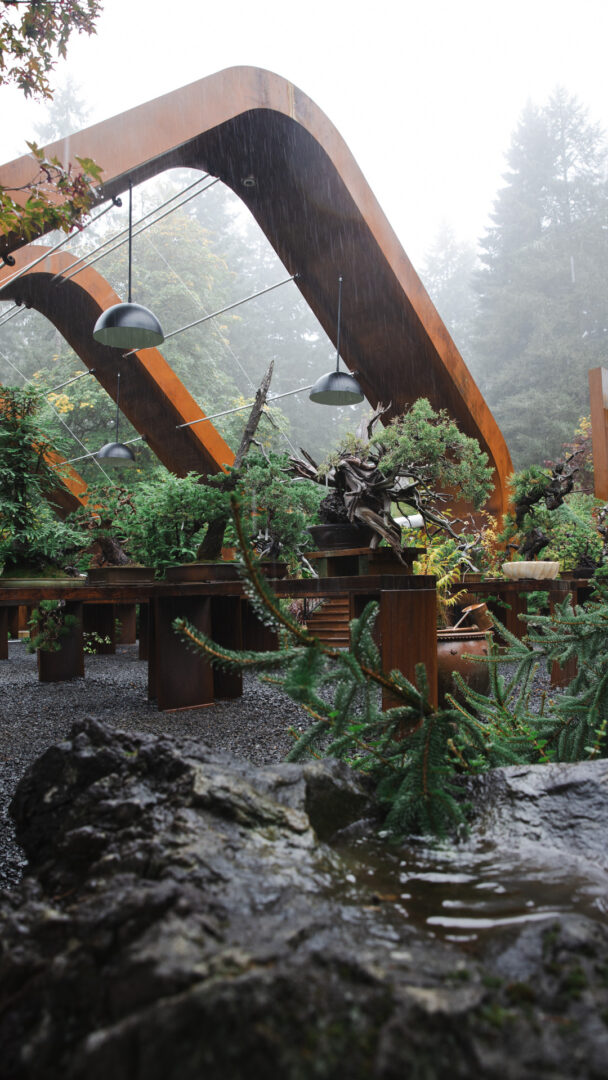

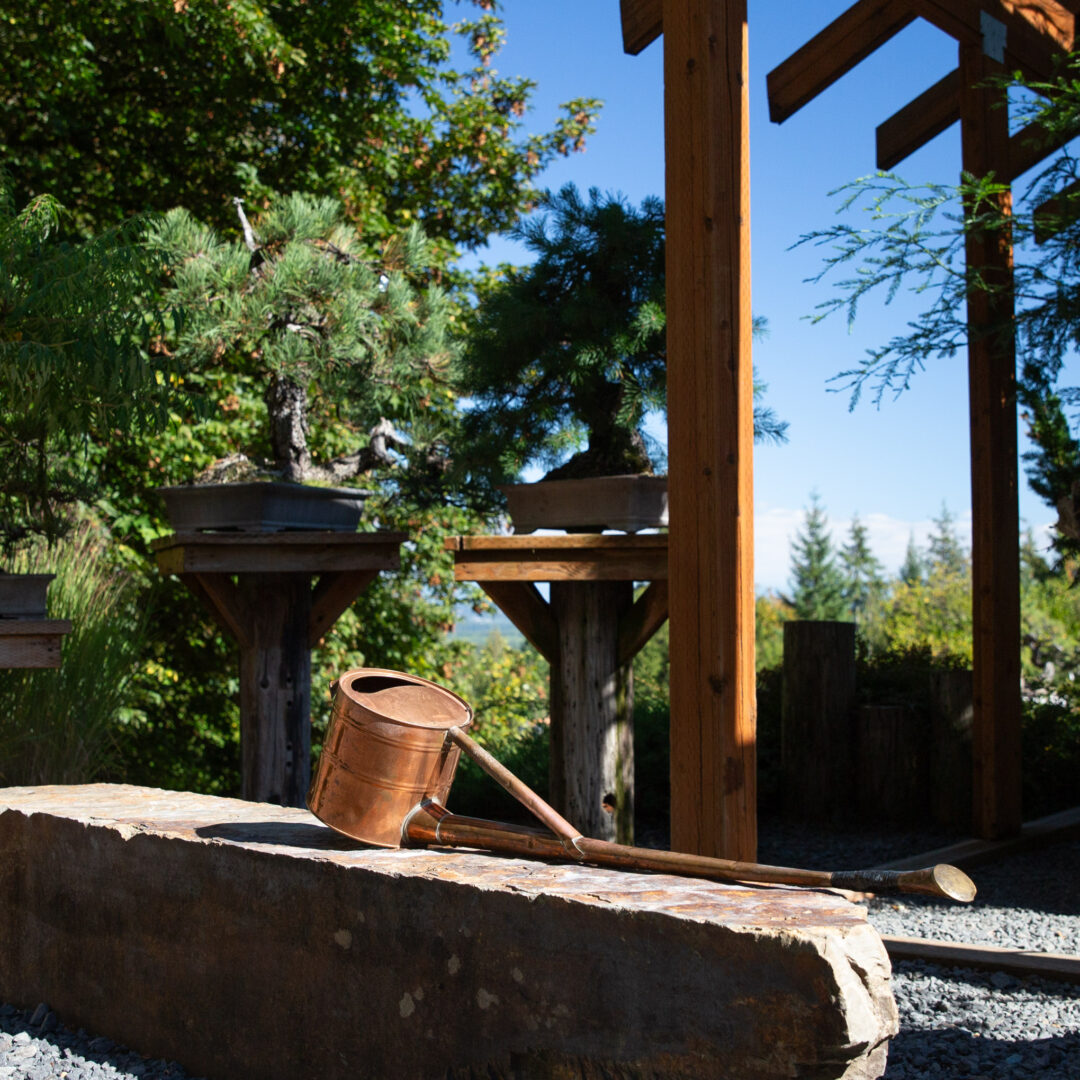

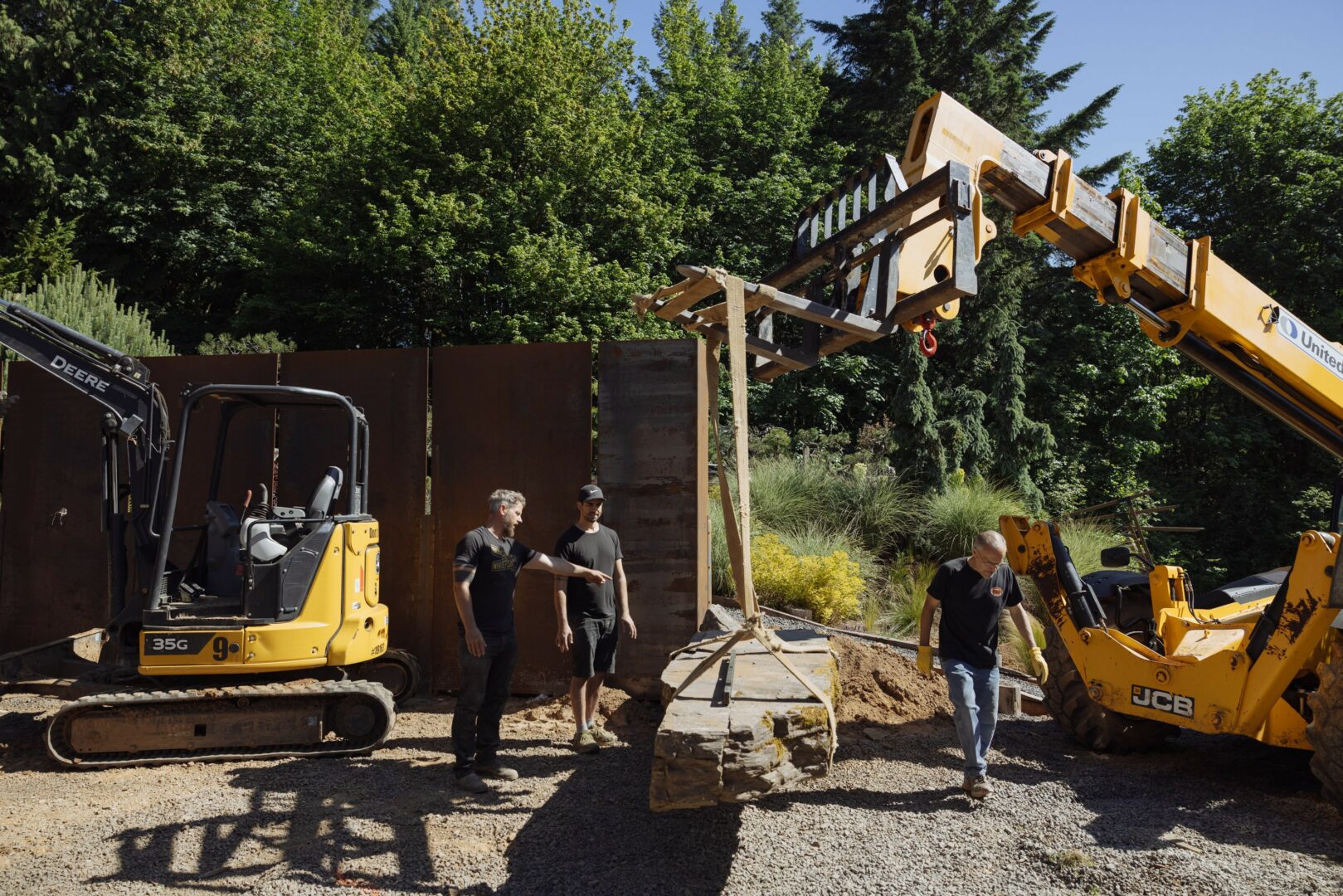
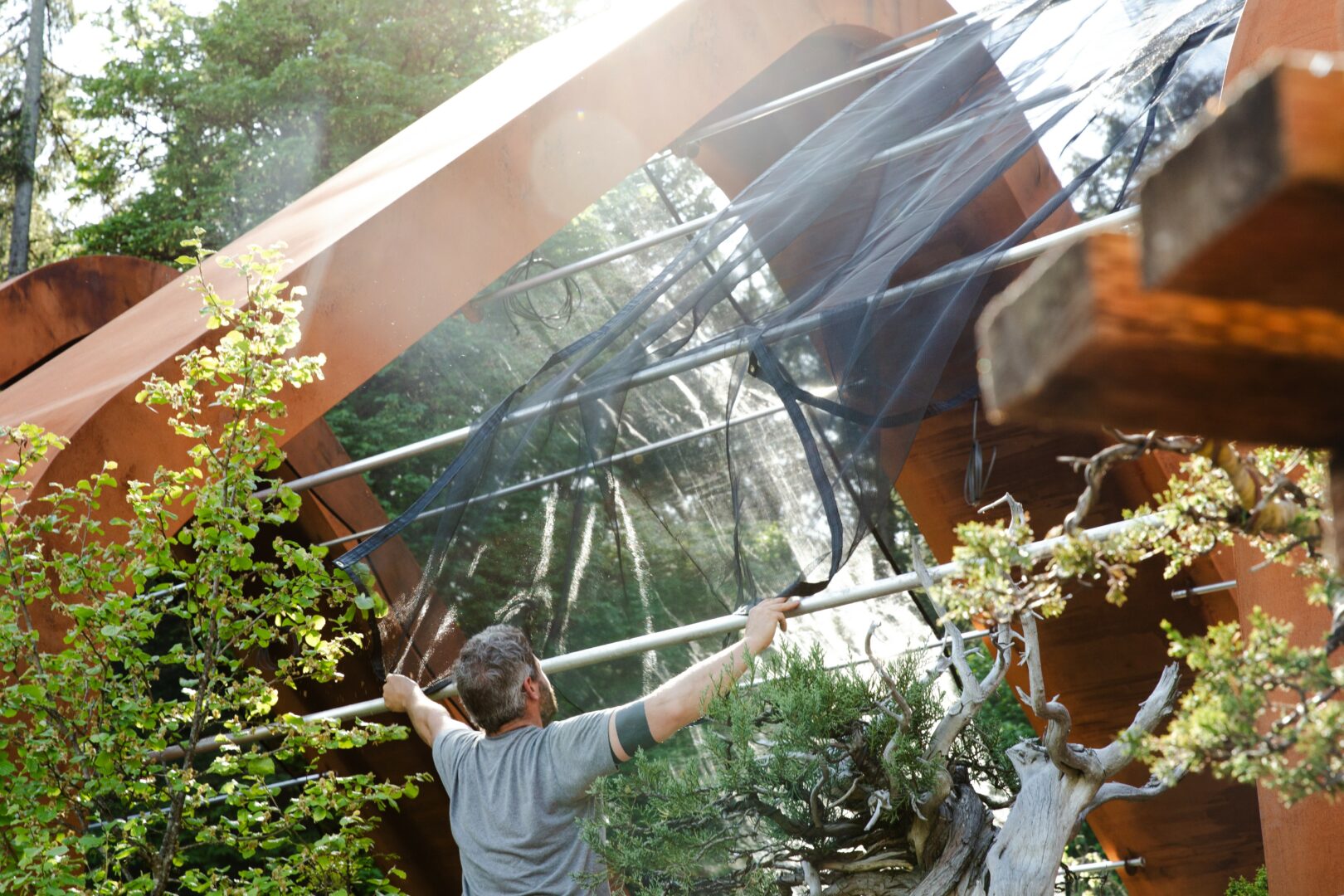


Image Credits
Bonsai Mirai
so if you or someone you know deserves recognition please let us know here.

